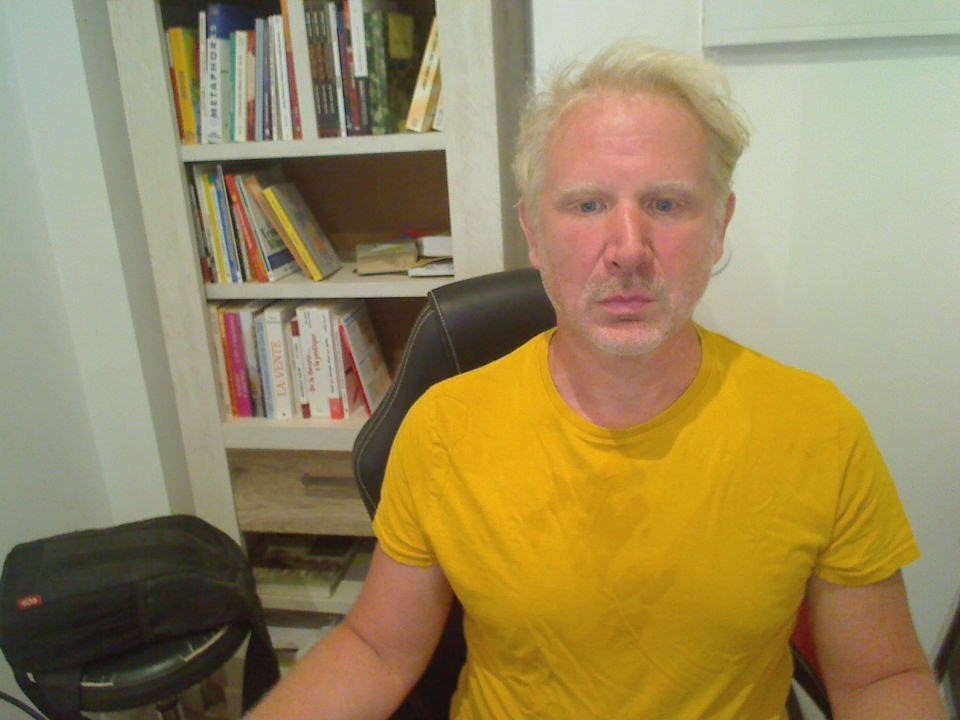The Coccyx: A Forgotten Origin of Multi-Level Pain
- Cédric Dehlinger

- Apr 15
- 3 min read
Updated: Sep 10

Often overlooked, the coccyx can be a mechanical trigger for widespread pain. When it is misaligned — due to a fall, postural habit, childbirth trauma, or chronic tension — it can disrupt the entire fascial and postural chain. This may manifest as:
Pelvic instability
Lumbar pain
Thoracic compensation
Neck stiffness or headaches
The tension radiates upward, affecting alignment and mobility. In some cases, emotional holding patterns are also anchored in the coccyx, adding a psychosomatic layer to the issue.
Proper assessment and release — through gentle manual therapy, mobilization, or internal work when needed — can unlock significant relief even in areas far from the coccyx itself.
🦴 Is Your Coccyx Under Stress?
Sometimes, pain or postural imbalance may be linked to a mechanical constraint on the coccyx — often due to a past fall or trauma that has gone unnoticed or untreated.
To check for tension in this area, you can try this simple test with someone you trust:

Lie on your stomach, relaxed and breathing calmly.
Ask the person to apply a gentle, progressive pressure with an empathic and attentive touch on your coccyx, pushing slightly in the sagittal axis (from back to front, aligned with the spine).
Pay attention to your sensations.
If you feel a deep discomfort, tightness, or a sense of unpleasant pressure, there's a good chance your coccyx has experienced trauma (e.g., a fall).
Over time, soft tissue adaptation around the area may have redirected the alignment of the spine above.
But the effects may not stop there…
👉 Anterior tissues (organs, fascia, pelvic floor) can also be involved.
👉 In some cases, tensions around the coccyx may influence distant joints, such as the hips, knees, or even ankles, through fascial chains and postural compensation.
🌀 Why It Matters
Even if the pain isn’t directly in your tailbone, a misaligned coccyx can cause a cascade of imbalances, leading to:
Chronic back pain
Poor posture
Pelvic discomfort
Knee misalignment
And sometimes, digestive or urogenital symptoms due to fascial pull
Restoring balance at the base of your spine can be a powerful lever for global well-being.
Legal Framework in Portugal
As of today, internal coccyx manipulation (via rectal access) is not explicitly prohibited by Portuguese law.However, its practice is strictly regulated and generally reserved for health professionals who are properly trained and authorized.
Since Law No. 45/2003, followed by Law No. 71/2013, osteopathy has been officially recognized and regulated in Portugal as a non-conventional therapy.Osteopaths must complete a 4-year university-level program and be registered with the national health authority (ARS)(source).
However, intra-cavity techniques—such as intra-rectal coccyx manipulation—are not specifically addressed in these laws. In the absence of clear guidelines, these procedures are generally reserved for medical or paramedical professionals, such as doctors or physiotherapists, and must be carried out in compliance with ethical standards and with informed patient consent.
Recommendations for Patients:
Always consult a qualified healthcare professional to assess the appropriateness of coccyx manipulation.
Ensure the practitioner is properly trained and authorized to perform this technique.
Request clear information about the procedure, its benefits, risks, and possible alternatives.
Provide informed consent before any intervention



